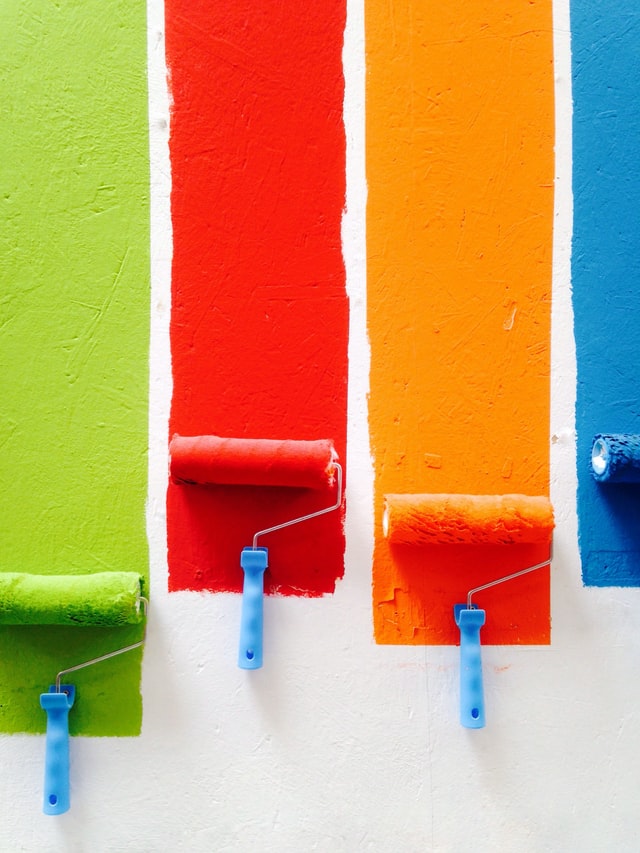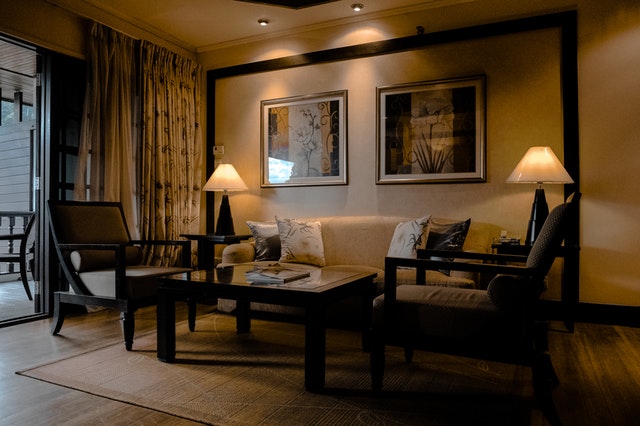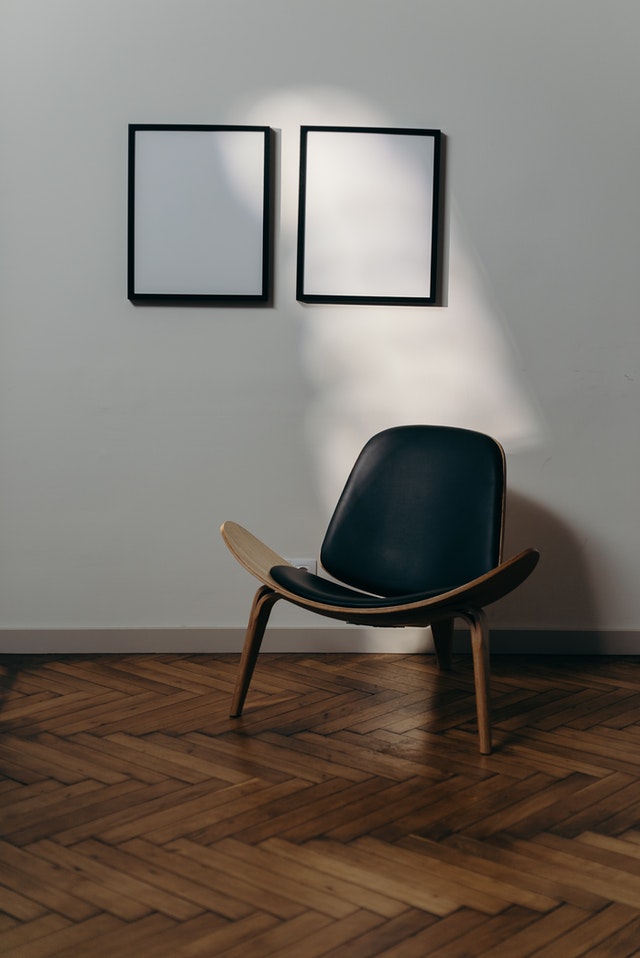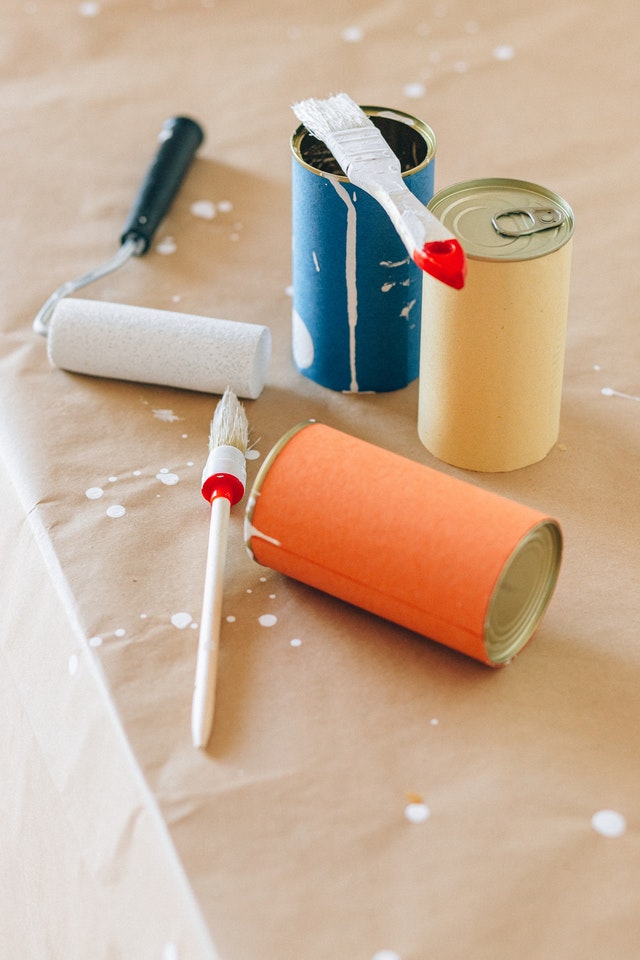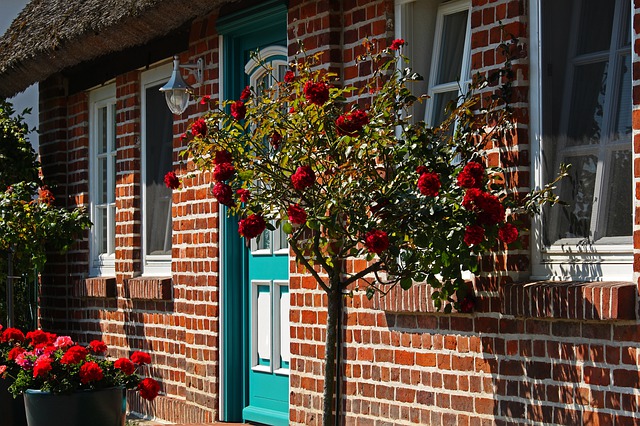
Four Steps For Choosing Exterior Paint Color
This is an excerpt from the Book called “Inside And Out “. Continue reading to learn more about Four Steps For Choosing Exterior Paint Color, thanks to the author.
Step 1
General color
Choose one or two color sections from this book to focus on based on your personal color preferences. I chose the yellow and white sections because my house is in the Colonial style and for years I have admired traditional white and yellow Colonials. I wanted a color to reflect light and look bright. Also, I felt that the colors of my landscape (lots of pink, white, blue, and red blossoms) and my fixed fixtures (a red brick walk) would stand out against a white or yellow backdrop.
Now stand outside and imagine one of the colors you selected on your house. In my case, that was white. How will it look with your fixed features, the colors of your shrubs, flowers, and soon? How will it look on your specific lot? Will it make the house stand out or blend in? How will the color look next to the homes abutting it (if they are close to your house)? Will the color work on the style of your home? Evaluate this color. Once you are satisfied that you have fully imagined it on the house, go through the same exercise using your second possible color.
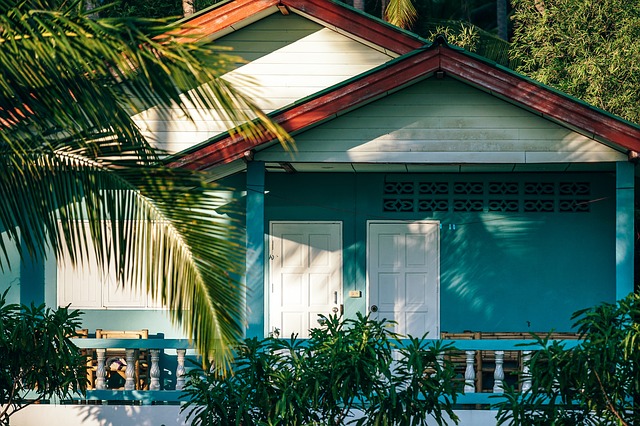
Step 2
Specific Color
Narrow your choice to just one color section using step 1. In my case, I realized that a big white house would be a little too prominent on our small corner lot. The house was formerly a pale beige-brown. White was too striking a contrast. Yellow, on the other hand, was still bright and pleasant but would not overpower the house or the lot. Yellow added interest and color but was less a contrast with the landscape that white. Make these determinations for your house, and narrow your focus to just one color section.
Step 3
Reassess
Now that you know the color you will be evaluating on your house (in my case, yellow), look over all the recipes in that color section. You will see five or more houses, each painted in a variation of that color. Choose one or two of your favourite recipes from the section. Let the style of your house and the style of the houses pictured help you. Write down the paint color numbers of your favourite(s). You will test the colors you choose before painting the entire house. Often, the final colors are determined using a process of elimination at the testing stage. Pick what you think is your best choice, and take your color cues for the door and additional decorative elements from suggestions in the recipe and other houses you have observed. Don’t finalize any of your trim or accompanying colors until you test your main color.
Step 4
Testing the Paint Color(s)
View the colors all together on your house. For each color you are testing, buy a quart of paint, a stir stick, and a disposable foam brush. You should also purchase a drop cloth or lay down newspaper to catch drips and spills. Sample each color directly on the house. You don’t need to paint a large area-just enough to determine if you like the colors, about2 feet by 2 feet (.6 m by .6 m). If you like a color, test it again over a large area-about 5 feet by 5 feet (1.5 m by 1.5 m). Test the colors on doors and trim also. You don’t need to paint the whole door. Paint just enough of it to determine whether the color suits you and whether the color works well with the housebody color. I cannot emphasize the importance of testing colors directly on the house enough. This is the only way to assess how they will actually look. Testing colors on a board or posterboard is inadequate. Believe me, I am speaking from experience.

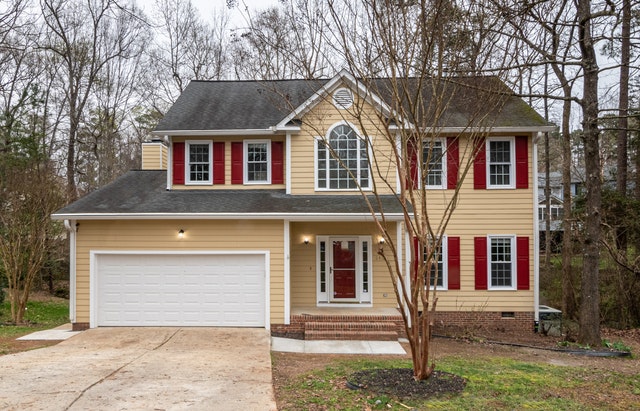
Colors look different on a house than on chips. In addition, the same color paint will look different on clapboard that it does on wooden shingles. It will look different in the sun that it does in the shade (because light affects color), so apply tests in sunny and shady areas. View these test patches at different times of the day. Apply at least two coats of paint for your test patches. Wait for paint to dry completely before making a decision. Latex reaches its true color in one hour, alkyd (oil) in 24 hours.
If you are basically satisfied with a color but want to make subtle adjustments, don’t hesitate to ask for help. Paint dealers can lighten, darken, or temper your colors. This testing and adjusting is worth your time and effort. Don’t let impatience get the better of you. Make sure you are satisfied before investing in paint, labor, and money.
Once your paint dealer makes the color adjustments (if any), test your colors on the house again until they meet your satisfaction. Now you are ready to paint the house. If you find that the color simply doesn’t work the way you had hoped, moved on. Choose another color to evaluate and repeat these steps.
Keep in mind that the photographs on these pages have undergone a printing process that alters their actual color. Therefore, while you can use these photos as a guide to determine your color preferences, rely on the actual paint chip color numbers, the corresponding chips found at your paint dealership, and your color test to make your final decisions.


